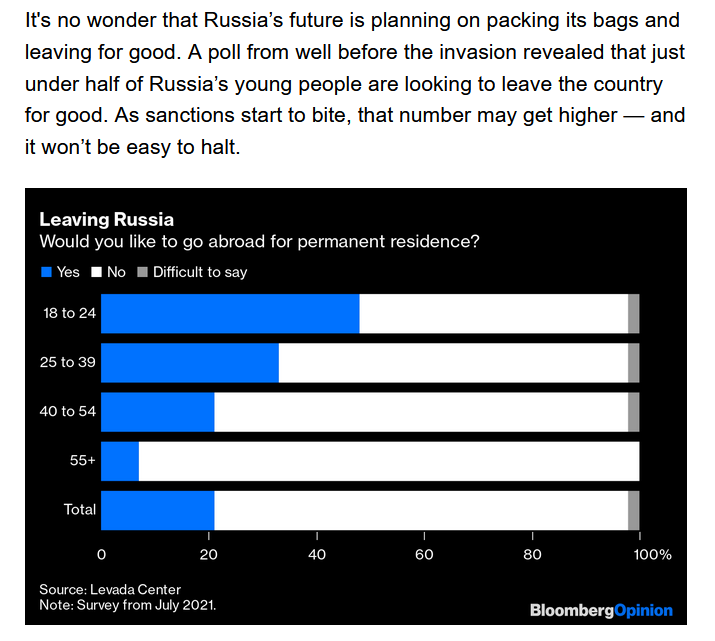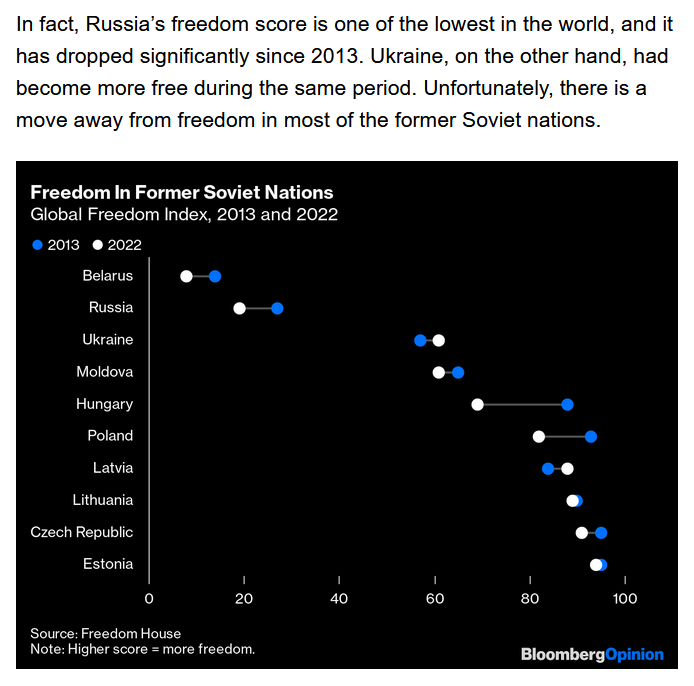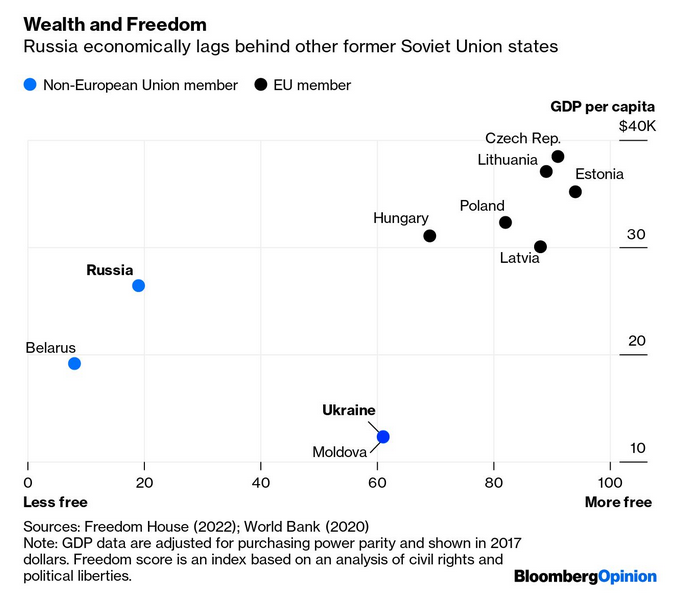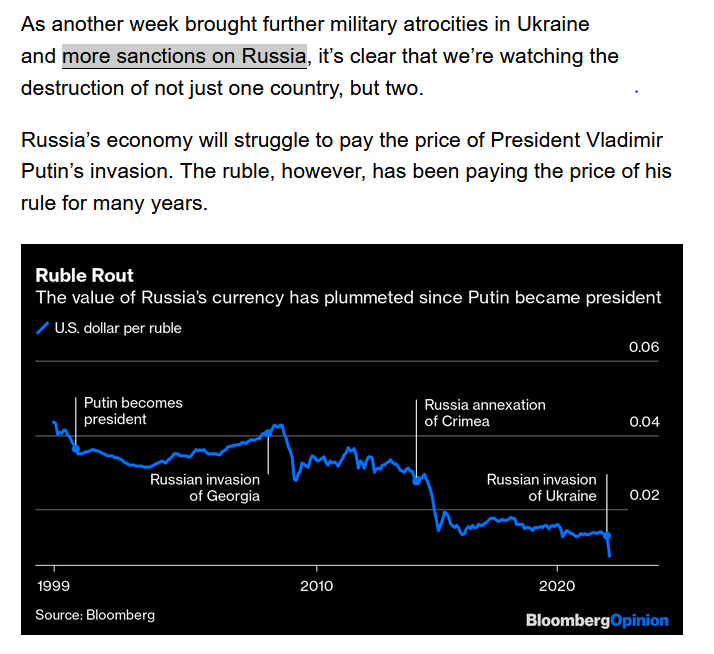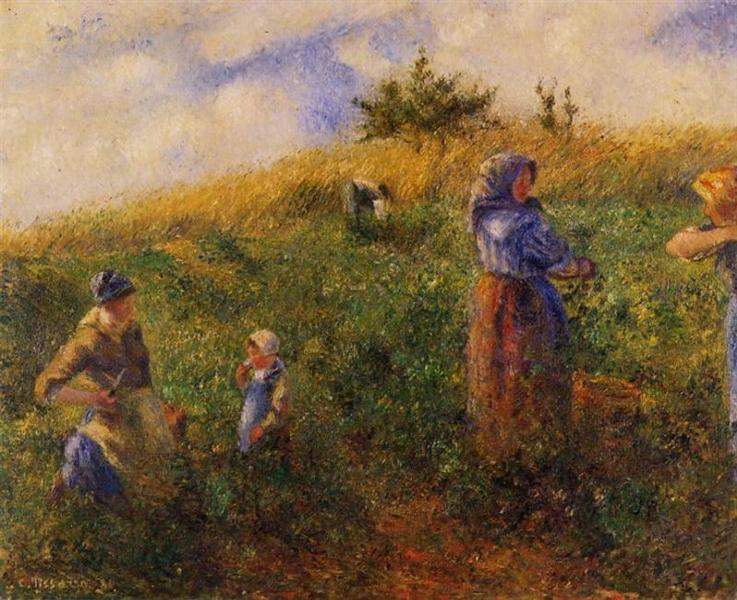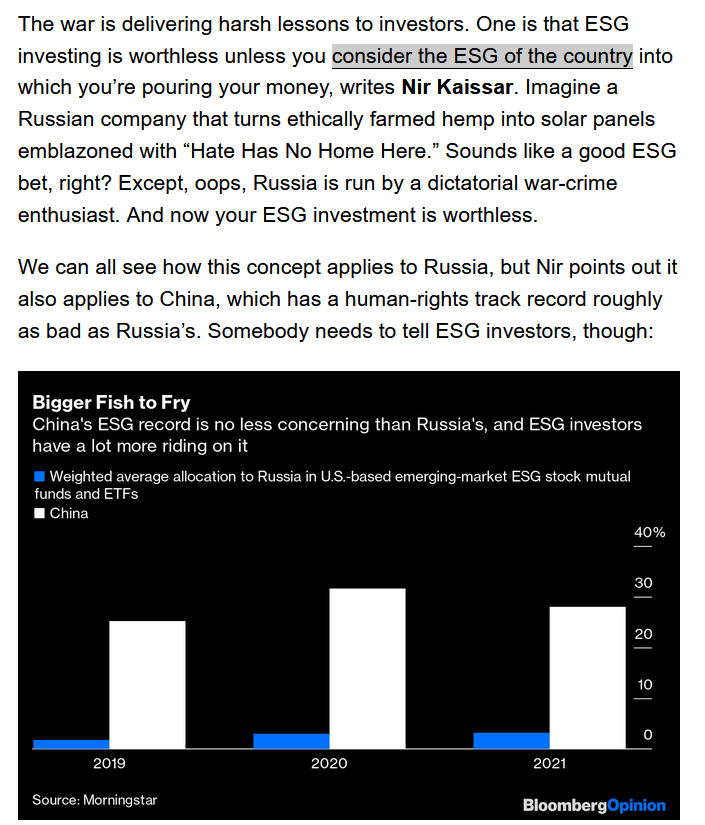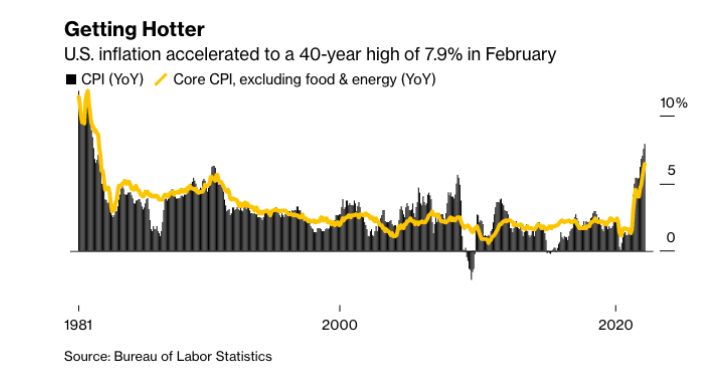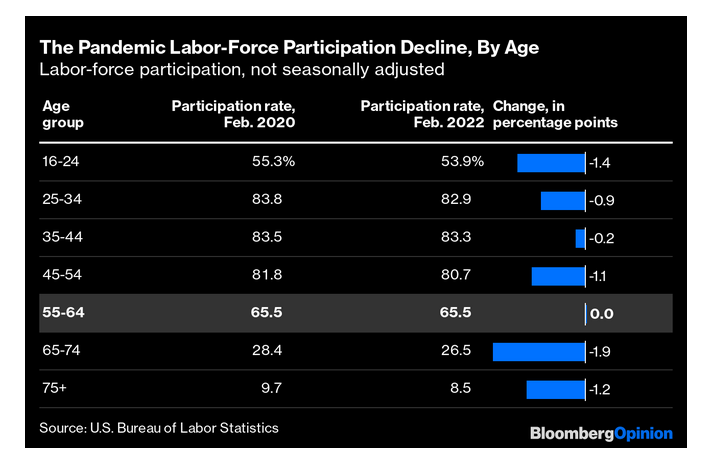|
You
can also view the message online
|
|||||||||||||
 Châtenay-Malabry (FR - 92290), March 21, 2022 EFITA newsletter / 1031 - European Federation for Information Technology in Agriculture, Food and the Environment Do not miss the Virus Jokes in English and French The informatique-agricole.org site now offers you the possibility of subscribing the RSS feeds of its two newsletters See RSS feeds to implement to ensure that you continue to receive this newsletter To unsubscribe this newsletter, please contact me directely: guy.waksman(a)laposte.net if this link Unsubscribe does not work. Please note that I changed the presentation of the links that are embedded in the name of the web service. 
To correspond with me (GW), please use this address: guy.waksman(a)laposte.net To subscribe the efita newsletter (please ask your friends and colleagues to test this link) Efita Newsletters subscription Before computers Weekly newsletters about ICT in Agriculture in English and French Both newsletters have around 14000 subscribers. >>> Last weekly EFITA Newsletters in English (created in 1999) Efita Newsletters >>> Last weekly AFIA Newsletters in French (created more than 20 years ago in 1997) Afia Newsletters >>> Statistics for the last efita newsletter >>> Last issue of the afia newsletter >>> Last available satistics for the afia newsletter World Agri-Tech Innovation Summit March 22-23, 2022 - San Francisco The World Agri-Tech Innovation Summit in San Francisco will gather global agri-food corporates, investors and technology start-ups from around the world to uncover the most exciting innovations in the agri-food sector and to forge the right partnerships to take those solutions to market. See worldagritechusa.com Tech Hub LIVE is Back By Popular Demand July 20-21, 2022 - Indiana Convention Center - Indianapolis, Indiana Early bird registration available soon. Presented by Tech Hub LIVE Conference and Expo The future of the current competition over agricultural data, by G. Waksman & MF. Brizard, 18.3. 2022 See ueaa.info Before glyphosate and the single-grain beet seeder: Pontoise, weeders in the fields, by Camille Pissarro (1830-1903) Investing in the Future: Securing the Promise of Precision Agriculture CEO Johan van Zyl shares what YB AgTech looks for in a company before it invests, what impact those companies will have on ag, and how it tracks and measures success. See precisionag.com Fighting Food Waste in Australia: How Packaging and Machinery Are Tackling It Head-on Here are some of the fascinating ideas that are being discussed in the packaging and processing machinery industry right now around managing food waste. See precisionag.com AGCO Finance Unveils Details of Its Climate Journey Campaign AGCO Finance’s Climate Journey Campaign is part of its three-pillar sustainability framework. See precisionag.com
Putin Poor Ruble
(source Bloomberg Newsletter)
SupPlant Raises $27M to Help Farmers Fight Climate Change Funding will help accelerate its intention to digitally inform every irrigation recommendation on earth. See precisionag.com Sway AI Partners with Trilogy Networks to Enable AI Technology for Precision Farming No-code automation AI company joins the Rural Cloud Initiative to deliver actionable data for U.S. farmers. See precisionag.com
FutureFarming.com > Hands Free Farm: On the road to autonomous farming As the ambitious Hands-Free project at Harper Adams University in England moves towards its last harvest, we look back at past achievements and follow the latest developments. With commercial robots now at work in a range of operations, we find out where research into autonomous operations will go next. > Robot with IDS camera eliminates the need for herbicides An intelligent robot has been developed to reduce the use of herbicides in agriculture. Through the use of a robust industrial camera from IDS, the robot has been enhanced further. Plant protection products are an integral part of today’s agriculture. They are intended to protect crops and keep out weeds and pests. > Autonomous vehicles: Lemken and Krone jointly develop autonomous system After passing trials in cultivating, ploughing, sowing, mowing, tedding and raking last year, Krone and Lemken’s Combined Powers concept is to be integrated into the two company’s forage harvesting and tillage systems. > Tractors: Steyr shows hybrid tractor transmission Austrian tractor manufacturer Steyr officially presented a new type of transmission. The company calls the drive train the Hybrid Drive Train concept. It owes the name to the partially electric drive. The transmission is a combination of an electric part and a mechanical part. > Autonomous tractors: This is the strategy behind John Deere’s autonomous tractor It’s been a little over two months since John Deere revealed its market ready autonomous 8R tractor series. Time to get a bit more into detail. > Field Robots: INESC TEC, The external R&D department for robot developers INESC TEC is an organisation who likes to refer to itself as an external R&D department for companies looking for robotic expertise and innovations. Portuguese INESC TEC is a non-profit organisation that wins projects and sells ideas and innovations to companies. > Apps: Free app gives growers access to market data StoneX Financial Inc. launched a free smartphone app aimed at agriculture producers in areas of row crops, livestock and dairy. The app allows them to market what they produce, manage their risk and maximise margins. > Salin 247 puts autonomous electric planter to the test The autonomous electric planter being developed by Salin 247 will undergo extensive testing this spring and summer. The machine will plant about eight fields of 20 to 50 acres each with corn and soybeans. > Harvesting: Robotic solution to automate lettuce harvesting on its way British agricultural technology and machinery experts are working with camera developer IDS to develop a robotic solution to automate lettuce harvesting. > Spraying: John Deere enables targeted spraying on weeds John Deere has introduced See & Spray Ultimate, a factory-installed system available for model year 2023 John Deere 410R, 412R, and 612R sprayers that enables targeted spraying of non-residual herbicide on weeds among corn, soybean, and cotton plants. > Solar technology: Solar panels pull in water vapor to grow crops in the desert Scientists in Saudi Arabia created a solar-driven system that successfully grows spinach by using water drawn from the air while producing electricity. The system, called WEC2P, is composed of a solar photovoltaic panel placed atop a layer of hydrogel, which is mounted on top of a large metal box to condense and collect water. > Moisture sensors: Real-time soil moisture sensors to optimise planting success The field crop yields that we depend on every year for our survival are in turn dependent on protection from diseases and pests, adequate precipitation, fertility – and to start it all off, high rates of seed germination and even plant stand emergence. New US-based technology is helping crop growers automatically ensure chances of germination are a high as possible. > Expert opinion: Robots in agriculture: How to know if it is a good investment? Agricultural robotics is a fascinating and fashionable subject. In the face of dangers threatening agriculture, robots show their utility and ambitions. But what is the reality? Should you invest in agricultural robotics? Here are 3 things to consider before deciding to purchase a robot. > Special focus: Field Trials podcast – Solving the poor internet problem In the second installment in Future Farming’s Field Trials podcast, Jesse Hirsh, technology strategist, futurist and livestock farmer details how people living in rural areas should not wait for large communication companies and governments to bring internet signals to their door. See futurefarming.com Shell, Merck Animal Health back regenerative agtech Vence for carbon & traceability capabilities, AFN, by Louisa Burwood-Taylor Vence, a US startup that offers ‘virtual fencing’ for ranchers using regenerative ag practices, has secured funding from the venture arms of two major corporates: Merck & Co and oil and gas giant Shell. Adding “a few million” dollars to Vence’s earlier $12 million Series A round, the deal will also see the San Diego-based startup partner with both investors to scale and improve its offering, according to CEO Frank Wooten. Born in 2016, Vence fits wearable collars to cattle to help ranchers rotationally graze their herds without investing in physical fences – a major cost component for livestock farmers looking to transition to regenerative agriculture. Rotational grazing – or holistic planned grazing – attempts to mimic the natural movement of herds across land whereby they frequently occupy and vacate new pasture, fertilizing and promoting grass growth on the ground they’ve just left and not over-grazing it. Research and real-life examples have shown these methods are able to regenerate grasslands, encourage the development of high-quality pasture, and sequester carbon from the atmosphere. The last of these is of particular interest to Shell, for obvious reasons: the company has enormous Scope 1 and 3 emissions to offset under a target of being net-zero by 2050 or sooner. .../... See agfundernews.com Sunshine after the rain, by Camille Pissarro (1830-1903) Tired of waiting for autonomous vehicles? Head to a farm, Associated Press, by Scott McFetridge For years Americans have been told autonomous technology was improving and that driverless vehicles were just around the corner. Finally they’re here, but to catch a glimpse of them, you’ll need to go to a farm rather than look along city streets. Beginning this fall, green 14-ton tractors that can plow day or night with no one sitting in the cab, or even watching nearby, will come off the John Deere factory assembly line in Waterloo, Iowa, harkening the age of autonomous farming. The development follows more than a decade-long effort by the world’s largest farm equipment manufacturer, and marks a milestone for automation advocates, who for years have been explaining why driverless cars aren’t quite ready for prime time. “I’m glad to see they’re coming out and will stimulate the other technologies,” said Raj Rajkumar, a professor at Carnegie Mellon University and an expert in autonomous cars. .../... See apnews.com Bezos Earth Fund pledges $17m to Colombia’s Future Seeds plant gene bank, AFN, by Jennifer Marston The Bezos Earth Fund will invest $17 million in global food security-focused research partnership CGIAR‘s Future Seeds plant gene bank. The gene bank was inaugurated this week in Colombia to preserve plant biodiversity and support agricultural research. CIGAR’s Alliance of Biodiversity International and the International Center for Tropical Agriculture (CIAT) will manage the new facility, which will also serve as an innovation hub for researchers. >>> What is it? The Future Seeds gene bank will preserve and safeguard crop varieties while also serving as an educational and innovation hub for researchers working to breed new varieties of crops and improve the productivity, resilience, and nutritional value of plants. - The new facility provides 30% more storage than its predecessor, an older CIGAR gene bank that held tens of thousands of crop varieties. - The Future Seeds collection includes more than 37,000 samples of beans from 114 countries; 6,000 cassava samples from 28 countries; and 22,600 samples of tropical forages such as grasses and trees from 75 countries. - The entire global catalog is open source, patent-free, and funded by a mix of governments, multilateral organizations and foundations; plant genetic material is free of charge to researchers breeding new varieties of plants. >>> So what? CGIAR calls these gene banks, which store seeds, seedlings, and tissue containing genetic information, “critical to achieving food and nutrition security worldwide.” The new funds will support the gene bank and climate change mitigation science that emphasizes carbon sequestration using the roots systems of plants, according to CGIAR. - Future Seeds is part of a larger network of 11 gene banks CGIAR runs globally. - While these 11 gene banks contain only about 10% of the total number of accessions of germplasm currently held in gene banks, they account for 94% of the germplasm distributed within the guidelines of the “Plant Treaty” – an international agreement aimed at guaranteeing food security through the conservation, exchange and sustainable use of the world’s plant genetic resources. - Future Seeds is unique in this network in that it is not just a library for crop varieties but also an innovation hub that will leverage genomics, big data, robotics, drones, and AI to accelerate the development of climate-resilient crops. …/… See agfundernews.com Climate tech will become the next big VC thesis for Latin America, AFN, by guest contributors: Francisco Jardim & Marcella Falcão Last month, SP Ventures announced its first ‘climate tech’ deal: leading Moss.Earth’s Series A round in a $10 million co-investment syndicate including Acre Venture Partners, Celo, The Craftory, and Jive Investments. Climate tech is quickly becoming a mainstream venture investment category worldwide, but is still relatively misunderstood. What follows is a summary describing our understanding of this exciting new space. Let’s start with the basics. Climate tech encompasses a broad range of segments representing the challenge of decarbonizing the global economy, with many countries and companies having set specific goals to reach net-zero greenhouse gas (GHG) emissions by 2050 while preparing businesses for the adverse effects of climate change. Climate tech’s applications can be grouped into three broad sector-agnostic categories: - Direct emissions mitigation or sequestration - Adaptation to the impacts of climate change - Enhancement of our ‘climate understanding’ …/… See agfundernews.com Peasants Resting,1881, by Camille Pissarro (1830-1903)
Environmental, Social, and Governance (ESG) Investment in Russia and China (Source Bloomberg Newsletter) US Inflation (Source Bloomberg Newsletter) US Pandemic Labor-Force Participation Decline (Source Bloomberg Newsletter) The Green Death: How the EU’s Farm2Famine Strategy will Affect a Post-Ukraine World, by RiskMonger on March 6, 2022 - Russia’s invasion of the Ukraine has led to a weak response in the West with useless selective sanctions. - The loss of a large percentage of fertiliser production from the region will hurt global agriculture yields. - The world’s breadbasket has been sealed shut to developing countries in need of affordable food imports. - After a 20% spike in the FAO food price index in 2021, speculators are now causing a surge in prices. - Faced with a global food security crisis, the European Commission is pushing forward with its Farm2Fork strategy knowing full well it will decimate EU farm yields and amplify vulnerability. .../... Postscript: What a Risk Manager Should Do I have been told I should never end an article or a speech without hope or a positive outlook. So although I am indeed very dark in my present outlook, here are some recommendations of what risk managers should be doing: - Impose real sanctions on Russia and prepare European populations for sacrifice. This would not only close all trade with Russia on all products, but also to impose similar sanctions on other countries and companies that still trade with the belligerent nation. - Stop pre-permitting Putin to escalate his conquest. Talk of sanctions let Russia know Ukraine was for the taking. Yesterday (March 5) NATO declared they will not, in any way, get involved in the conflict. This has given Putin permission to use some of his more diabolical weapons of mass destruction on Ukrainian citizens with impunity. - Ease the burden of increased food prices by supporting farmers to increase yields, reduce speculative opportunities and increase global trade. For the European Union, this may mean relaxing or scrapping the repressive 2001 GMO Directive. The world needs increased food stocks, not an affluent, unscientific ideology. - And for God’s sake, abandon the ridiculous Farm2Fork strategy. This is not the time to impose a low-yielding elitist food choice on vulnerable, food-stressed regions. European farmers need the best technologies to increase yields and support those at risk of famine. Slava Ukraini. See risk-monger.com Woman washing a pan, by Camille Pissarro (1830-1903) Reasons to be cheerful: optimists live longer, says study, by Ian Sample Science editor, 7 Mar 2022 Those with a positive attitude to life may lower their anxiety levels by avoiding arguments People who have a rosy outlook on the world may live healthier, longer lives because they have fewer stressful events to cope with, new research suggests. Scientists found that while optimists reacted to, and recovered from, stressful situations in much the same way as pessimists, the optimists fared better emotionally because they had fewer stressful events in their daily lives. How optimists minimise their dose of stress is unclear, but the researchers believe they either avoid arguments, lost keys, traffic jams and other irritations, or simply fail to perceive them as stressful in the first place. Previous studies have found evidence that optimists live longer and healthier lives, but researchers do not fully understand why having a glass-half-full attitude might contribute to healthy ageing. .../... See theguardian.com Fusion Power is Coming, by Robert Zubrin, 21 Feb 2022 On February 8th, scientists associated with the Joint European Torus (JET) fusion experimental facility located in Oxfordshire, UK, announced that they had achieved a sustained fusion reaction releasing 11 megawatts of thermonuclear fusion power burning a deuterium-tritium plasma mixture continuously for five seconds. The heating power being applied to the plasma was slightly greater than the fusion power released. So while JET did not achieve the milestone of energy “breakeven,” it came very close. The power level of 11 MW was no more than the record that JET, which was built in the 1980s, set in 1997. But this time the burn lasted five times as long. So three cheers for the JET team. But still, one must ask, why is a tokamak that began operating 35 years ago still the best in the world? Or more broadly, why has the progress developing fusion power been so slow? .../... See quillette.com Study credits climate, not genetics, for bumper US corn crop, by Mark Lynas, January 26, 2022 Most of the maize yield improvements seen in the US corn belt state of Nebraska can be attributed to a more favorable climate, rather than improved crop genetics, a new scientific study has found. The study, published in the peer-reviewed journal PNAS by researchers based at the University of Nebraska-Lincoln, concluded that 48 percent of the yield gain seen over the 2005-2018 period came from better climate conditions, 39 percent from agronomic improvements and only 13 percent from improved genetic yield potential. See allianceforscience.cornell.edu Woman emptying a wheelbarrow, by Camille Pissarro (1830-1903)
The distribution of this efita newsletter is sponsored by vitisphere.com Please, contribute to the content of your efita newsletter, and advertise your events, new publications, new products and new project in this newsletter. Without your support, it will not survive! Contact: Guy WAKSMAN E-mail: guy.waksman(a)laposte.net To read this newsletter on our web site See Efita The archives of this newsletter See Efita About the EFITA mailing list You can use the efita moderated list (> 15000 subscribers) to announce any event / product / web site / joke (!) related to IT in agriculture, environment, food industry and rural areas. If you want to subscribe a friend, please fill in his form. If you do not wish to receive our messages, please fill in the following form... |






